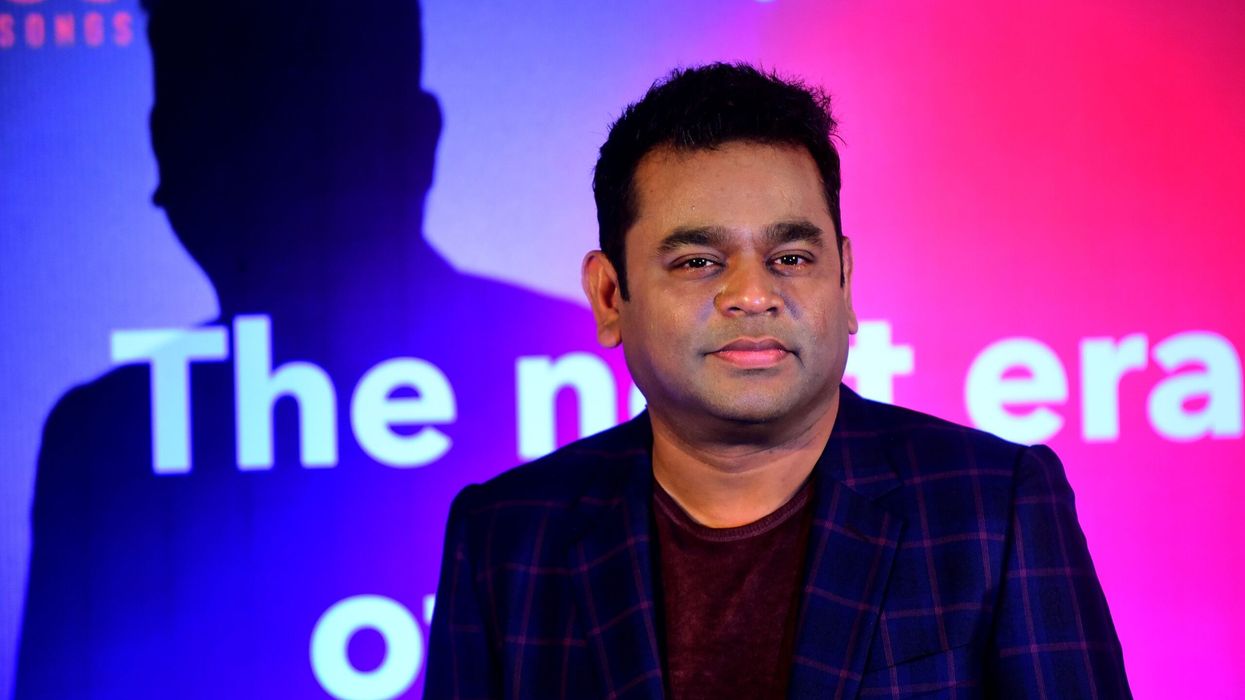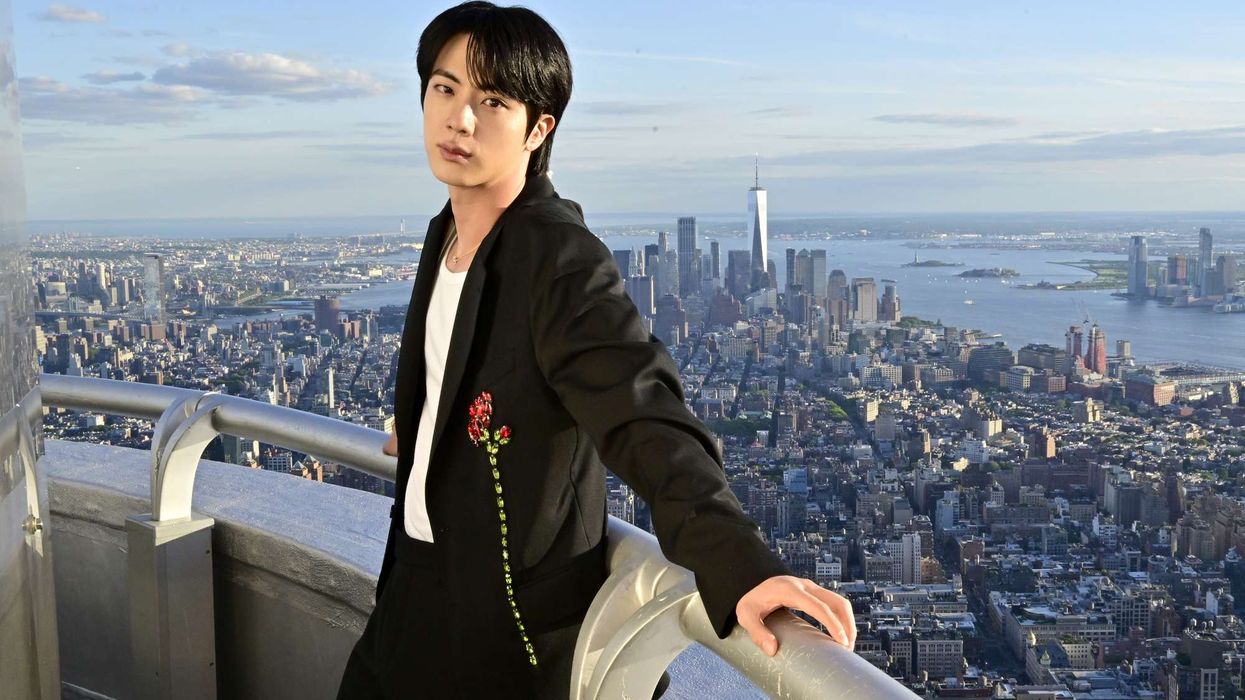The use of technology cannot be "gimmicky" and should be done with proper permissions, says music maestro AR Rahman, who has used AI software to recreate the voices of late singers Bamba Bakya and Shahul Hameed for a new track.
Rahman is happy that artificial intelligence technology, which is a hot-button issue in the world with many looking at it with a mix of awe and fear, allowed him to bring back the voices of his friends and past collaborators of many songs.
"(You should do it) Only when you really need it and only when you can do it. It should not be half-baked. It is not a gimmick, it's an effect and has to serve the purpose," Rahman told PTI in a virtual interview.
Bakya and Hameed are credited as playback singers for the track "Thimiri Yezhuda" in Lal Salaam, directed by Rajinikanth's daughter Aishwarya Rajinikanth. The film is scheduled to be released in theatres on February 9.
The Oscar-winning musician said when he and his team decided to use AI, they knew it was important to have the consent of the two singers' families.
"We went to the families, asked permission, and they were overwhelmed and the compensation was given. These are all personality assets that they've given to the family. It's their right to say yes or no. In this case, they said yes and we used it. There's nothing objectionable for me because we took the legit permission," he added.
The Internet is full of people recreating old songs with new technology and Rahman has also seen videos of AI versions of political leaders singing songs that are available on TikTok and Instagram.
"... It was fun to see and some of them are so real. But when you do something commercially and it's a money-making thing, it's legit to go and take permission. It's important to compensate for it. So, a method has to be set and if nobody sets it, people will misuse it," he said.
"It was one of the reasons why I asked the director (Aishwarya), 'Can we do this?' And she said, 'Yes' for the movie Laal Salaam, starring Rajinikanth. She was really happy hearing the results. In fact, now a lot of people are asking for other singers, like SP Balasubramaniam..."
Bakya, who crooned popular numbers such as the latest "Ponni Nadhi" in Mani Ratnam's Ponniyin Selvan, died in September 2022 at the age of 42. He had also sung the tracks "Pullinangal" from Rajinikanth's 2.0, "Kalame Kalame" from Vijay's Bigil, and "Simtarangaran" from Sarkar.
Before he died in 1998, Hameed worked extensively with Rahman for films such as Gentleman, Jeans, and Kadhalan.
The 57-year-old musician said his attempt is similar to how cinema brings back historical figures on the big screen.
"This is not a permanent solution. I felt what if we bring them back, like movies? We brought back Gandhiji and Subhas Chandra Bose. It is very similar to that. We bring back a voice to say an expression by taking permission and being very careful about the sentiments.
"The family is very important, the kids are important, their partners and soulmates are important. If they had said no, I wouldn't have done it. I would have said, 'No scrap it'."
The music maestro is aware of the debate surrounding artificial intelligence with the common fear being that it may lead to job losses in different industries.
He cautioned that people in leadership positions should be careful about the ethical use of technology.
"Any technology should not harm humanity. It should only enhance or better our way of work. Even if it takes one job away, it's not worth it. There will be good people and there will be bad people. Good people will do it in a legit way, the bad people would think, 'How can I avoid all the stuff and take that money?' So there is conscience involved.
"And especially people in leadership should be very careful not to take away jobs from this. It should add more jobs for human beings,"













